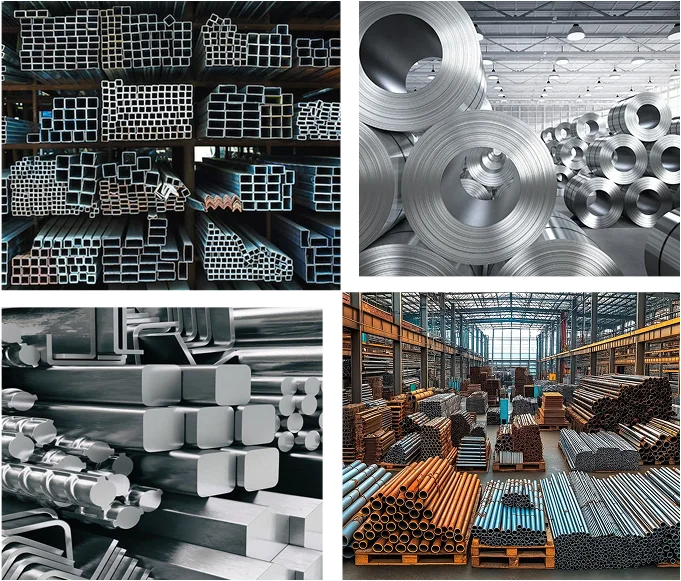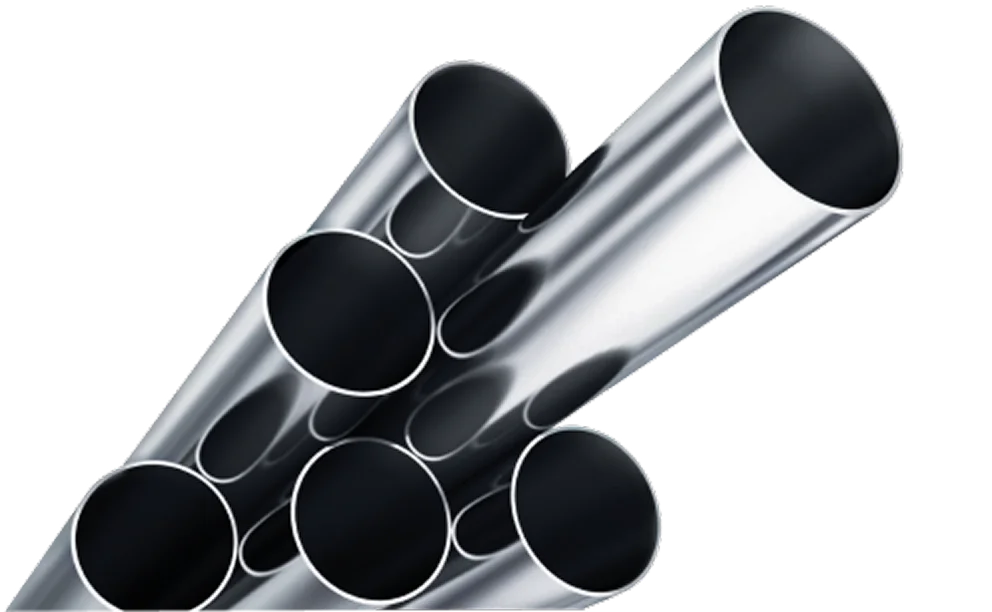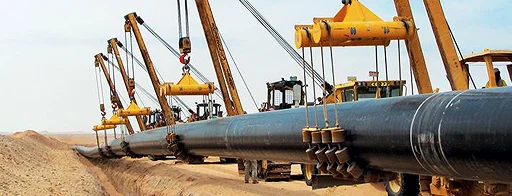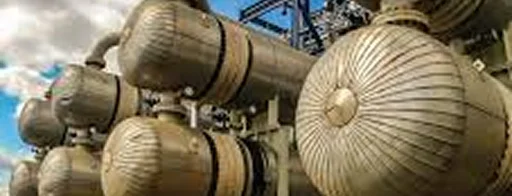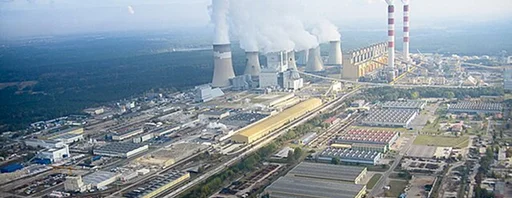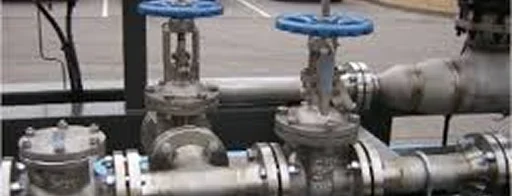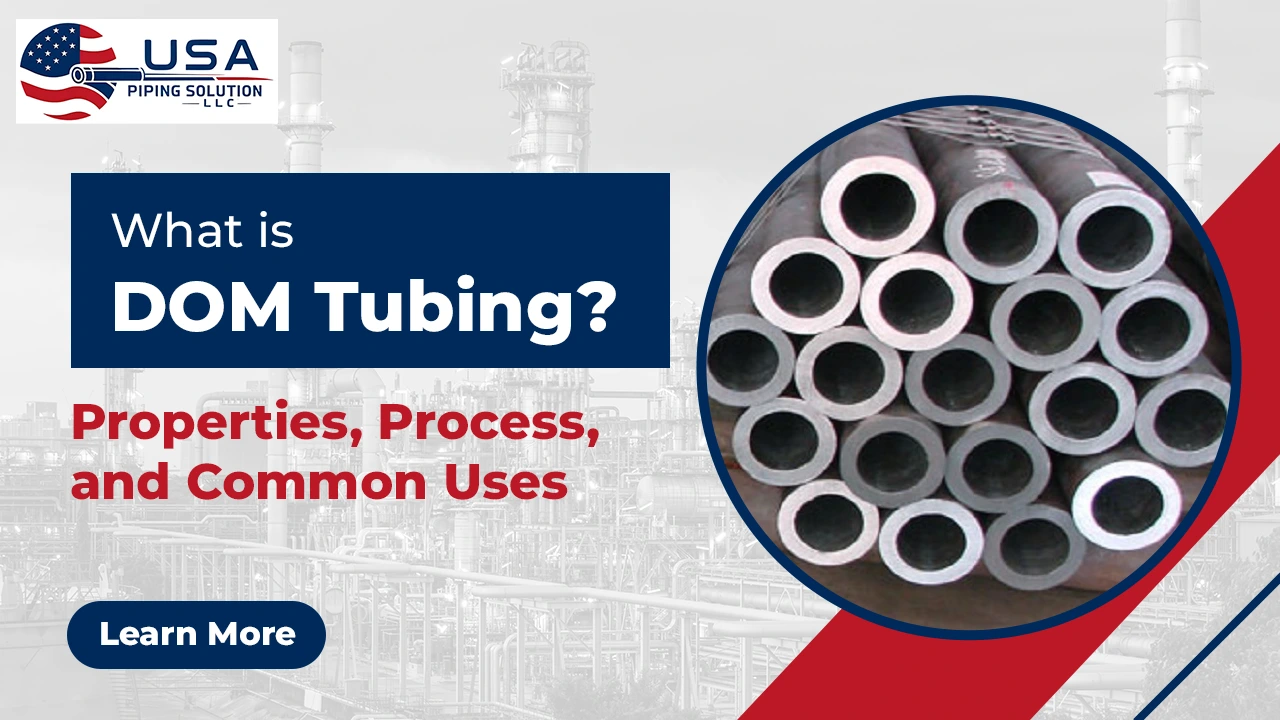
Drawn Over Mandrel (DOM) tubing is a specific type of drawn precision steel tubing, well recognized for its straightness, strength, consistent wall thickness and tight tolerance dimensions. In comparison to a basic welded tube, a DOM tube undergoes a subsequent cold draw process to enhance its mechanical properties and surface finish. The expected result is an excellent product suitable for applications where performance and tolerances matter.
DOM steel tubing can be used throughout a wide scope of applications including automotive, aerospace, hydraulic systems and construction, with structural properties and machinability.
In this blog, we will cover everything from the DOM tubing process, key features, sizes and materials, and where DOM tubing works best throughout specific industrial markets.
What Is DOM Tubing?
DOM tubing is defined not only by the material it's made from, but also by the unique forming process it is subjected to. It begins life as an electric resistance welded (ERW) tube that is then cold drawn through a die and over a mandrel. This process improves the concentricity, dimensional accuracy, and mechanical consistency of the tube.
Generally produced using low-carbon steel grades, like SAE 1020 and 1026 DOM steel tubing has a superior surface finish and is manufactured to strict standards including above ASTM A513 Type 5 and EN 10305-2.
Note that the DOM process consists of cold working the steel after welding, resulting in an improved material with no surface defects or imperfections, and better performance in end-use applications than the initial ERW material. These attributes make DOM tubing an ideal product in applications when weld integrity, precision and durability is a concern.
How Is DOM Tubing Manufactured?
Step 1: ERW Tube Formation
The process begins with flat steel coils that are slit into specific widths. These strips are fed into a machine where they are shaped and welded using electric resistance welding (ERW). This forms a round tube with a welded seam.
Step 2: Preparation
Before cold drawing, the ERW tube referred to as a "mother tube" is cleaned in a phosphate solution. This step removes scale and adds lubrication, protecting the tooling during drawing.
Step 3: Cold Drawing Over Mandrel
The key transformation occurs when the mother tube is drawn through a die and over a mandrel. This is where DOM Tubing gets its name. The die sets the Outer Diameter (OD) while the mandrel defines the Inner Diameter (ID). The drawing process aligns the grain structure, enhances strength, and delivers a smooth, nearly seamless finish. Even though the original weld seam remains, it is practically invisible.
Step 4: Finishing
Multiple drawing passes may be conducted to achieve the desired DOM tubing sizes, wall thickness, and tolerances. After drawing, the tubes are stress-relieved or annealed, straightened, and cut to length.
The result is a highly refined dom steel tubing product with consistent quality, tight tolerances, and superior mechanical properties.
Key Features and Benefits of DOM Tubes
- Excellent Dimensional Accuracy: Tighter tolerances than standard ERW tubing ensure consistent wall thickness and concentricity.
- Superior Strength: DOM material is cold worked, enhancing tensile and yield strength significantly.
- Smooth Surface Finish: The cold drawing process produces a clean surface, ideal for hydraulic and mechanical applications.
- Weldable & Machinable: DOM steel is easily machined and welded using standard techniques like TIG, MIG, or Stick.
- High Fatigue Resistance: DOM Tubing performs reliably under dynamic load cycles.
- Cost-Efficient Alternative: Compared to seamless tubing, dom steel tubing offers similar performance at a lower cost.
These properties make DOM tubing material a smart option for high-performance engineering and structural applications.
DOM Tubing Sizes and Material Grades
Choosing the right DOM Tubing depends on both size and steel grade. Here’s an overview of standard DOM tubing sizes and specifications.
Common DOM Tubing Sizes (Inches)
|
Outside Diameter (OD) |
Wall Thickness (WT) |
Inside Diameter (ID) |
|
1/2" |
0.049" – 0.120" |
Varies |
|
1" |
0.065" – 0.250" |
Varies |
|
2" |
0.065" – 0.250" |
Varies |
|
3" |
0.083" – 0.375" |
Varies |
Common Grades
- SAE 1020 DOM Material: This is the most frequently used grade, especially for smaller diameter or thinner-walled tubing. It offers a good balance of strength, formability, and weldability.
- SAE 1026 DOM Tubes: This grade is typically used for larger outside diameters (over 2 inches) and heavier wall thicknesses (more than 0.156 inches). It has higher tensile and yield strength compared to 1020.
For most industrial buyers, understanding DOM tubing sizes and corresponding strength levels is key to selecting the right product.
Industrial Applications of DOM Steel Tubing
DOM Tubing is used across a wide range of industries due to its structural integrity, fatigue resistance, and machinability.
Key Sectors Using DOM Tubes
- Automotive: In the automotive sector, DOM Tubes are commonly employed for roll cages, driveshafts, suspension arms, chassis structures, and camshaft tubes. They possess a superb strength-to-weight ratio and offer the ability to handle cyclic loads, making them an excellent choice for safety-critical and high-performance applications.
- Aerospace: In aerospace applications, the preferred material for lightweight structural frames, and control linkages are DOM tubing. The superb dimensional accuracy and clean surface finish are the landmines of reliability in high-precision, high-stress settings.
- Construction: The construction industry uses DOM steel tubes for scaffolding, load-bearing frames, and structural reinforcements. The consistency and load-bearing capability of tubes ensures we meet safety and performance standards for both temporary and permanent structures.
- Agriculture: Agricultural equipment includes DOM Tubes in frames, steering components, axles, and lift arms. Toughness and weldability for harsh field conditions and repeated mechanical impact level of usage.
- Fluid Power & Hydraulics: DOM tubing is a common material used in hydraulic cylinders, actuator housing, and fluid transfer equipment. The superior surfaces finish inside the tubing and dimensional control are critical for sealing functionality and wear reduction for moving parts.
- General Fabrication: General fabricators rely on DOM tubes for industrial machinery frames, custom jigs, conveyor systems, and welded assemblies. The material's machinability and formability allow for precise cutting, bending, and joining in complex manufacturing setups.
Wherever consistent dimensions, strength, and ease of fabrication are required, dom steel tubing offers a practical and reliable solution.
DOM Tubing vs. Other Tubing Types
Let’s compare DOM Tubing to other common steel tubing types to understand its advantages.
DOM Tubing vs ERW Tubing
|
Feature |
DOM Tubing |
ERW Tubing |
|
Strength |
Higher |
Moderate |
|
Dimensional Accuracy |
Excellent |
Basic |
|
Surface Finish |
Smooth |
Less refined |
|
Seam Visibility |
Virtually invisible |
Visible |
|
Cost |
Slightly higher |
Lower |
DOM Tubing vs Seamless Tubing
|
Feature |
DOM Tubing |
Seamless Tubing |
|
Process |
Cold Drawn ERW |
Extruded or Drawn |
|
Strength |
High |
Very High |
|
Dimensional Control |
Tighter |
Moderate |
|
Surface Finish |
Excellent |
Very Good |
|
Cost |
Lower |
Higher |
DOM Tubing vs Hot Rolled Tubing
|
Feature |
DOM Tubing |
Hot Rolled Tubing |
|
Finish |
Smooth |
Rough |
|
Strength |
High |
Lower |
|
Precision |
Excellent |
Limited |
DOM Tubing bridges the gap between low-cost welded tubing and high-cost seamless tubing, offering optimal performance for most structural and mechanical uses.
Is DOM Tubing Right for Your Application?
If your project demands tubing with precision dimensions, enhanced strength, and a clean internal surface finish, DOM tubing is likely the right fit. It provides an ideal balance of structural integrity, cost-effectiveness, and ease of fabrication.
Whether you need dom tubing material for hydraulic cylinders, vehicle frames, or mechanical systems, it outperforms basic ERW tubing while keeping costs lower than seamless alternatives.
At USA Piping Solution, we supply a wide variety of DOM Tubes with flexible sizing and custom lengths. We help engineers, buyers, and fabricators get exactly what they need—backed by full certifications and global shipping.
Conclusion
DOM Tubing is more than just a type of steel pipe it’s a solution for demanding environments where performance matters. From its tight tolerances to its robust mechanical properties, DOM tubing has become a staple in industries that require reliability, strength, and cost efficiency.
As a leading supplier of DOM steel tubing, USA Piping Solution offers a full range of DOM tubing sizes and materials to suit your application needs. Contact us today to learn more about pricing, customization, and fast delivery options.
Frequently Asked Questions (FAQs)
What is DOM Tubing made of?
DOM Tubing is usually made from low-carbon DOM material such as SAE 1020 or SAE 1026, offering a balance of strength and weldability.
What’s the main difference between DOM and ERW tubing?
DOM tubing starts as ERW tubing but is further cold drawn over a mandrel, making it stronger, more precise, and with better surface finish.
Is DOM steel tubing seamless?
No, it has a welded seam, but the drawing process makes it nearly invisible and as strong as a seamless tube for most applications.
Can I get custom DOM tubing sizes?
Yes. USA Piping Solution offers custom cut lengths, wall thicknesses, and OD/ID combinations for various industrial needs.
Where can I use DOM Tubes?
DOM Tubes are used in automotive components, fluid power systems, industrial machines, aerospace assemblies, and heavy-duty frames.
